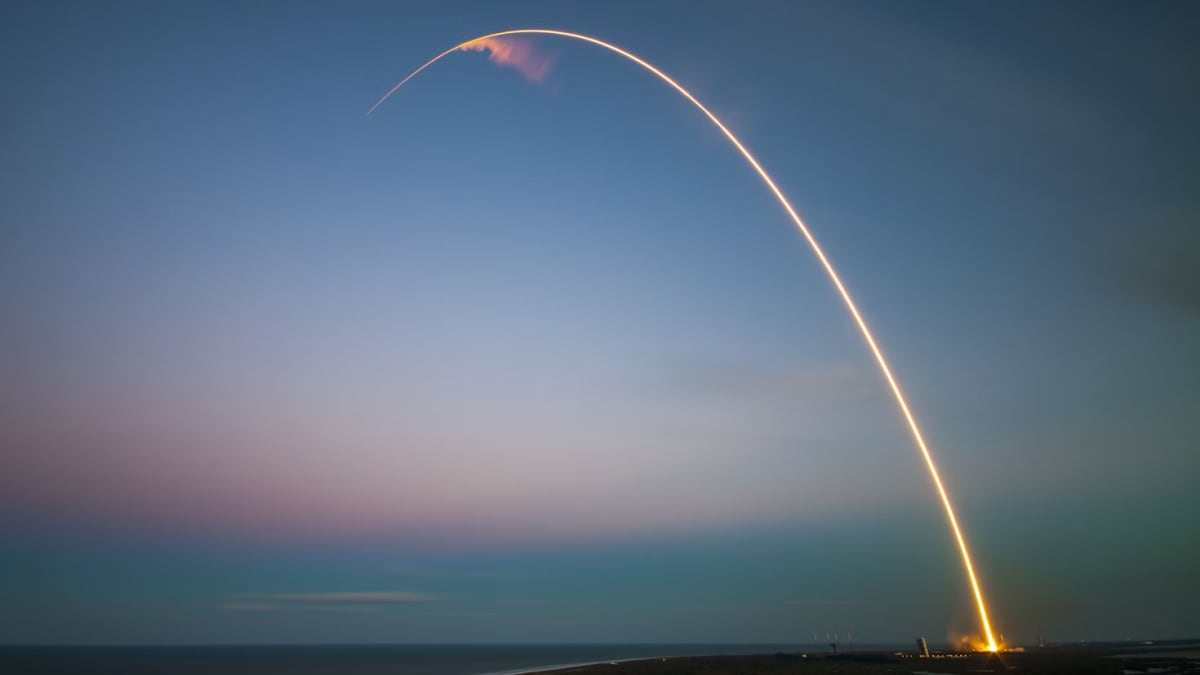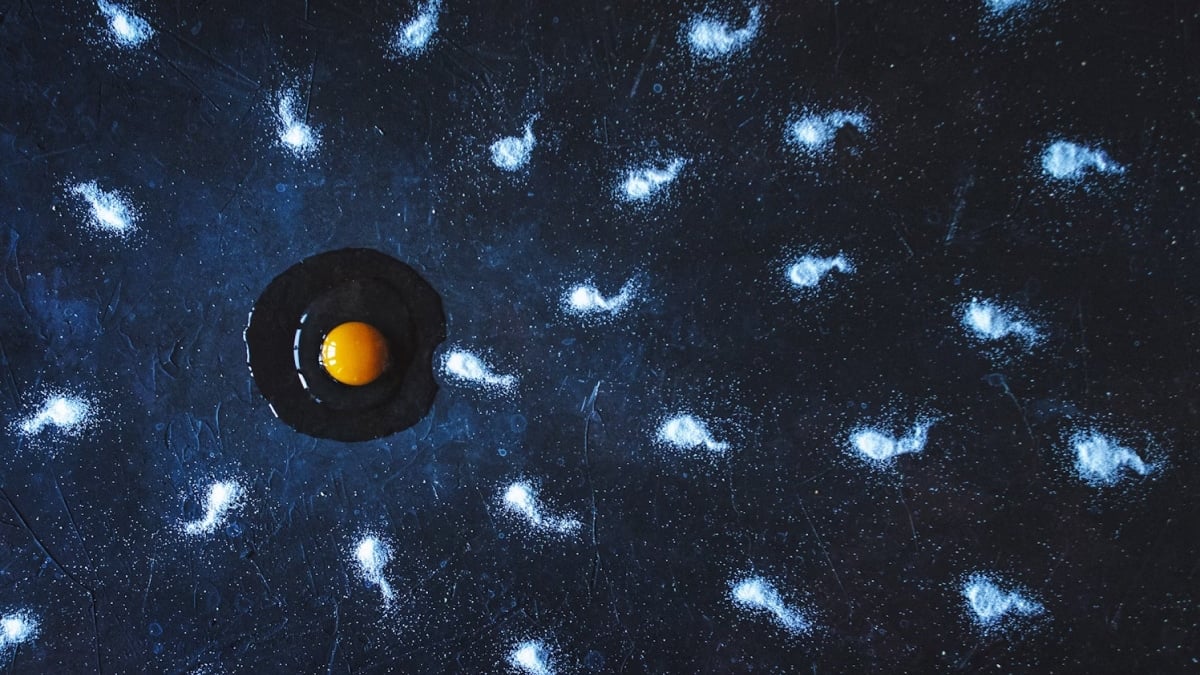Researchers from IIT Guwahati and the Indian Space Research Organisation (ISRO) have made a surprising discovery that could reshape our understanding of X-ray pulsars. They found that the X-rays emitted by Swift J0243.6+6124, the first known Galactic Ultraluminous X-ray Pulsar, exhibit an unexpectedly low level of polarization. This pulsar, which is located within our galaxy, shows only 3 percent polarization in its X-rays, a figure that is significantly lower than what current theories predict.
Unveiling the Mystery of Swift J0243.6+6124
Swift J0243.6+6124 was first identified during an intense X-ray outburst in 2017–2018 by NASA's Swift spacecraft. Since then, it has become a key subject of study for astronomers trying to understand the nature of ultraluminous X-ray sources (ULXs). ULXs are typically associated with intermediate-mass black holes, but some, like Swift J0243.6+6124, are believed to be pulsars.
Pulsars are a type of neutron star, which are the remnants of massive stars that have collapsed under their own gravity. These objects are incredibly dense, with a mass similar to that of the sun, but compressed into a space roughly the size of a city.
Unexpected Findings and Their Implications
Using data from NASA's Imaging X-ray Polarimetry Explorer (IXPE), along with the Neutron Star Interior Composition ExploreR (NICER) and the Nuclear Spectroscopic Telescope Array (NuSTAR) missions, the researchers studied the polarization of the X-rays from Swift J0243.6+6124 during its active phase in 2023.
The findings revealed that the X-rays were polarized at only 3%, much lower than the levels predicted by existing models. This discovery challenges long-held assumptions about how X-rays behave when they interact with the strong magnetic fields surrounding neutron stars in binary systems.
Expert Insights on the Discovery
Dr. Anuj Nandi from ISRO highlighted the significance of these findings, noting that the low polarization observed in Swift J0243.6+6124 could lead to a re-evaluation of current theories on the radiation behaviour of neutron stars. According to Dr. Nandi, the capabilities of the IXPE mission played a crucial role in detecting these low polarization levels, which appear to vary with the emitted X-ray pulses.
Prof. Santabrata Das from IIT Guwahati also commented on the importance of this discovery. He explained that the unexpectedly low polarization suggests that our understanding of the magnetic fields around neutron stars and the processes that govern X-ray emissions needs to be updated. This could have wide-ranging implications for future research into similar X-ray sources within our galaxy and beyond.
A New Path for Future Research
The discovery by IIT Guwahati and ISRO opens new doors for studying X-ray pulsars and other similar cosmic phenomena. As scientists continue to explore the mysteries of the universe, this unexpected finding will likely inspire further research and lead to a deeper understanding of the complex forces at work in space.
































